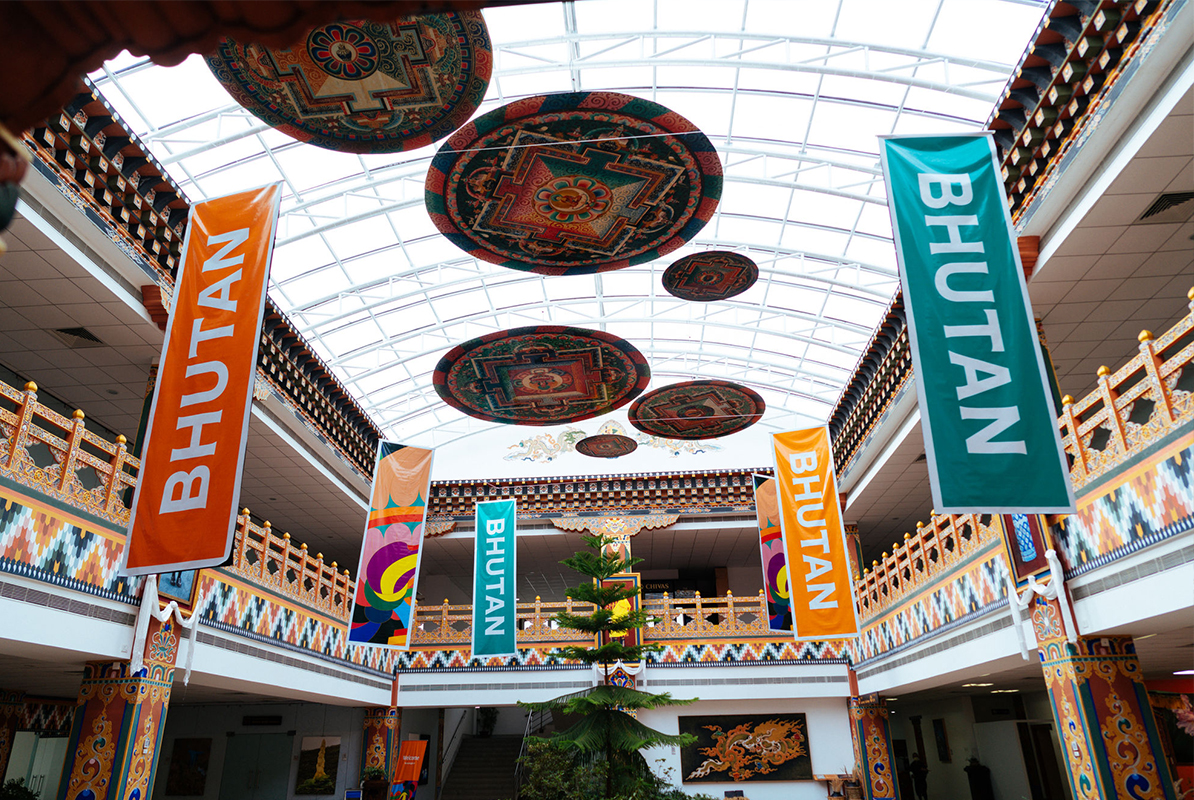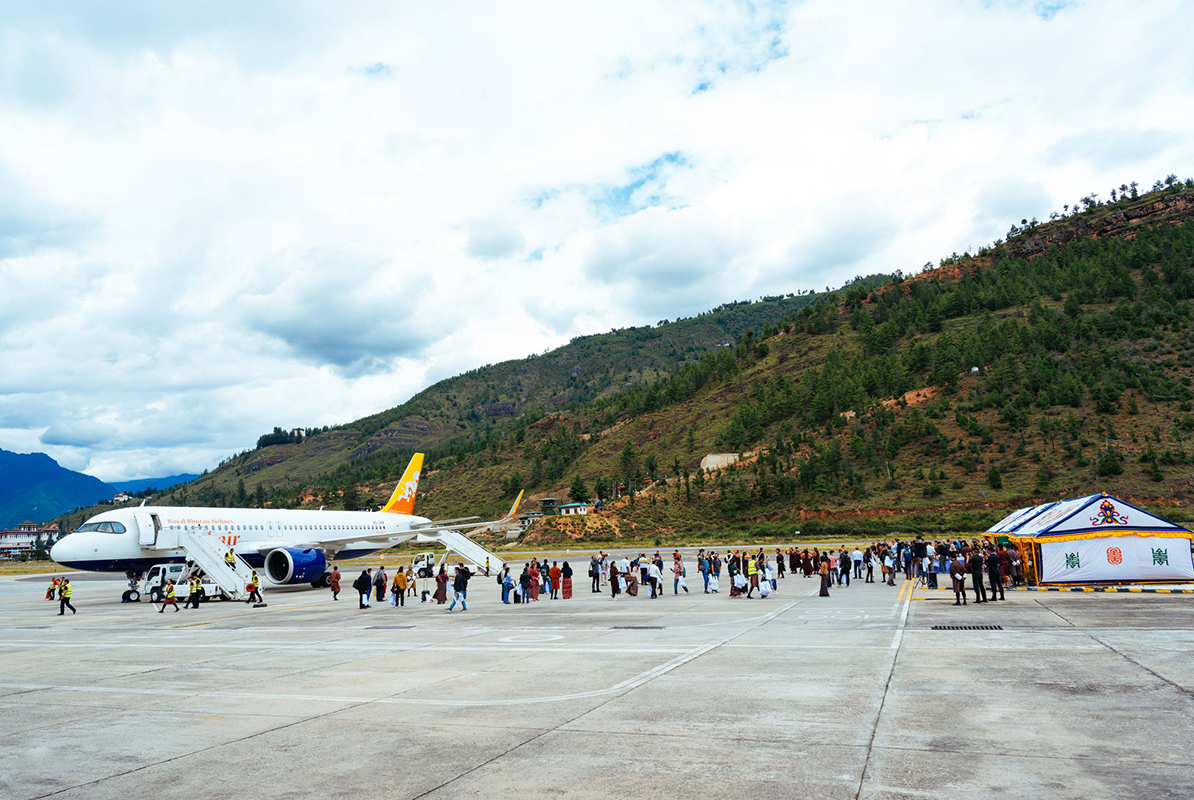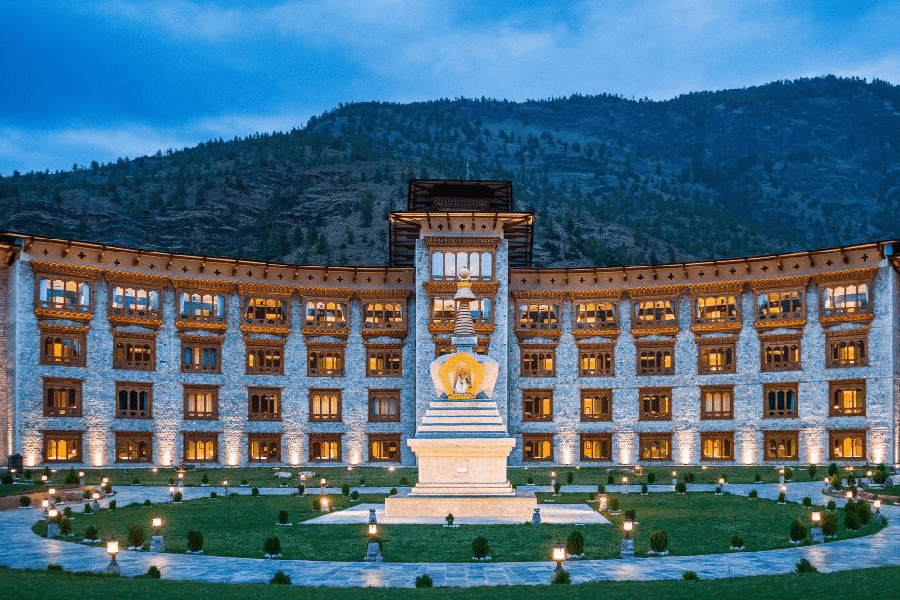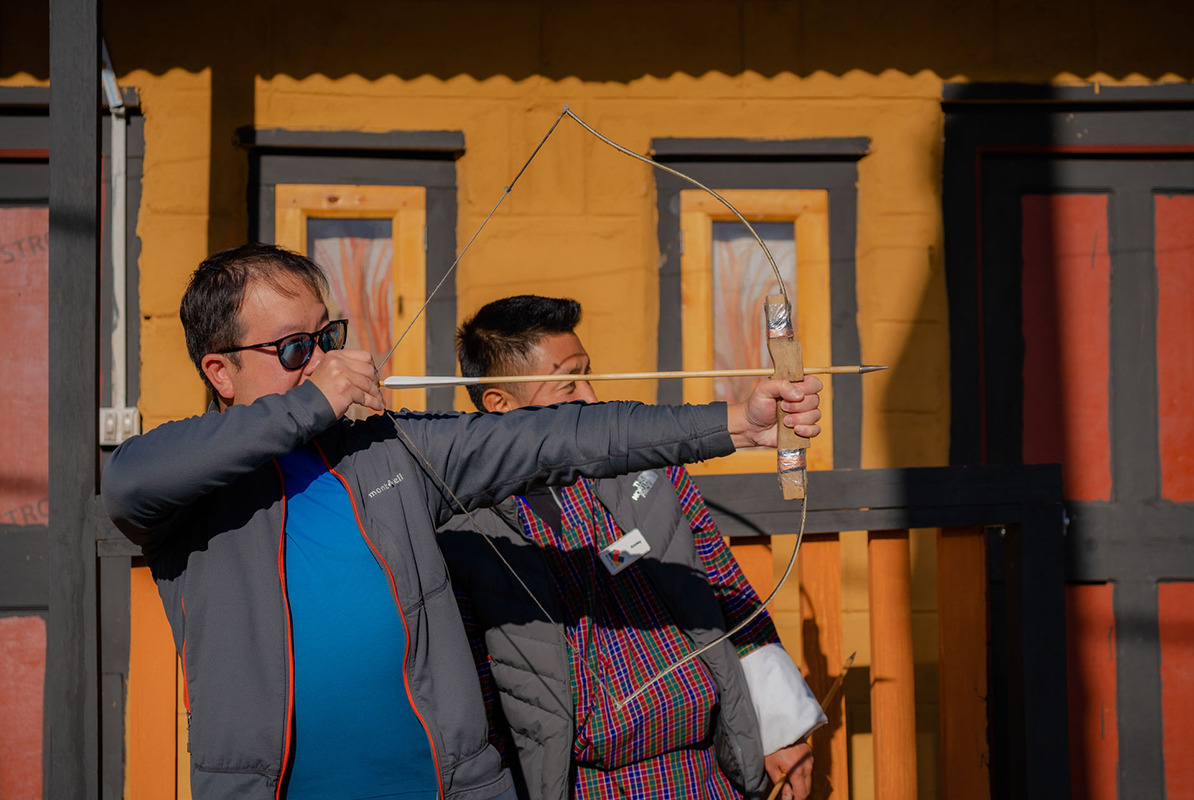Popular trekking routes in Bhutan, such as the Jomolhari Trek, Snowman Trek, and Druk Path Trek, rely on horses and yaks for logistical support. These treks often pass through rugged trails, dense forests, and high mountain passes, where modern transportation is impossible. Horses help make trekking more accessible by reducing the physical strain on travelers, ensuring a smoother and more enjoyable experience. Additionally, in some cases, horses may be used to transport individuals who are unable to complete the trek on foot, particularly on steep ascents or difficult sections of the trail.
This also ensures a supplementary source of income and engagement of the local communities along these trek routes. Unlike some other regions where horses are used for general transportation or city tours, Bhutan maintains a strong focus on preserving its environment and cultural traditions. The country follows a high-value, low-impact tourism policy, which emphasizes sustainability. As a result, horses in Bhutan are primarily utilized in trekking tourism rather than urban or road transport. Their role in Bhutan’s tourism industry not only enhances the trekking experience but also provides employment opportunities for local horse handlers, contributing to the livelihoods of communities living in remote areas.
List of Horse Contractors


